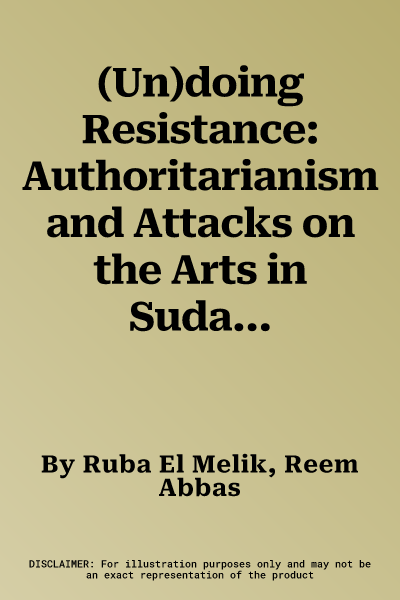In April 2019, when millions marched to the headquarters of the military
in Khartoum and other cities and the march was transformed into a sit-in
that continued for two months, the sit-in became Sudan's largest arts
festival. The art produced during the revolution went viral, as it was
covered by foreign journalists who swarmed Khartoum to report on the
revolution.
However, the narrative was always lacking the historical significance of
how art was mobilized. Sudan's contemporary art history was nurtured by
its many revolutions; in 1964, in 1985 and in 2018/19. Due to the
military dictatorships that continued to rule Sudan since independence,
except brief honeymoons of democracy, art was always positioned as a
revolutionary product.
To contextualize the revolutionary art produced and consumed during the
2018/19 revolution, this book explores Sudan's contemporary history by
briefly looking at the politically turbulent 1980s and deeply looking at
how culture and art were policed in the dark 1990s - which is the period
after the Islamists took over power after the 1989 coup. During that
period, the entire artistic and cultural landscape came under attack as
artists were arrested, sacked from jobs and intimidated, but the
infrastructure that has always supported this landscape suffered the
most, as the book hopes to explain.
Ruba El Melik is an independent researcher with a sociocultural
anthropology degree from UCLA interested in progressing solutions to
social issues through research, ethnography and collaborations with
local community organizers.
Reem Abbas is a freelance Sudanese journalist, writer, researcher and
communications expert with more than 10 years of experience with local
and international organizations. Her writings on press freedoms and
socio-political commentary appeared in more than 15 international,
regional and local media outlets.


